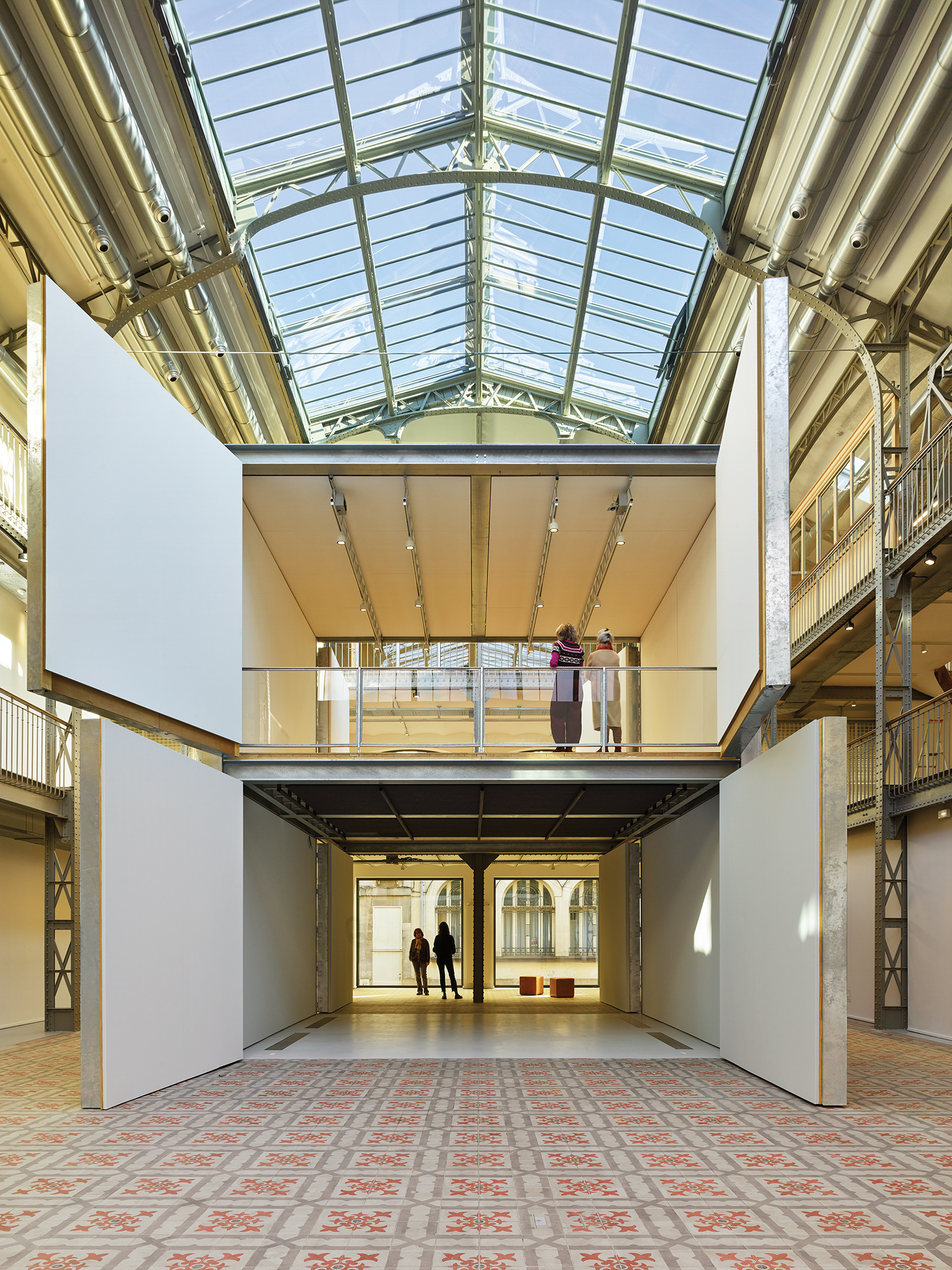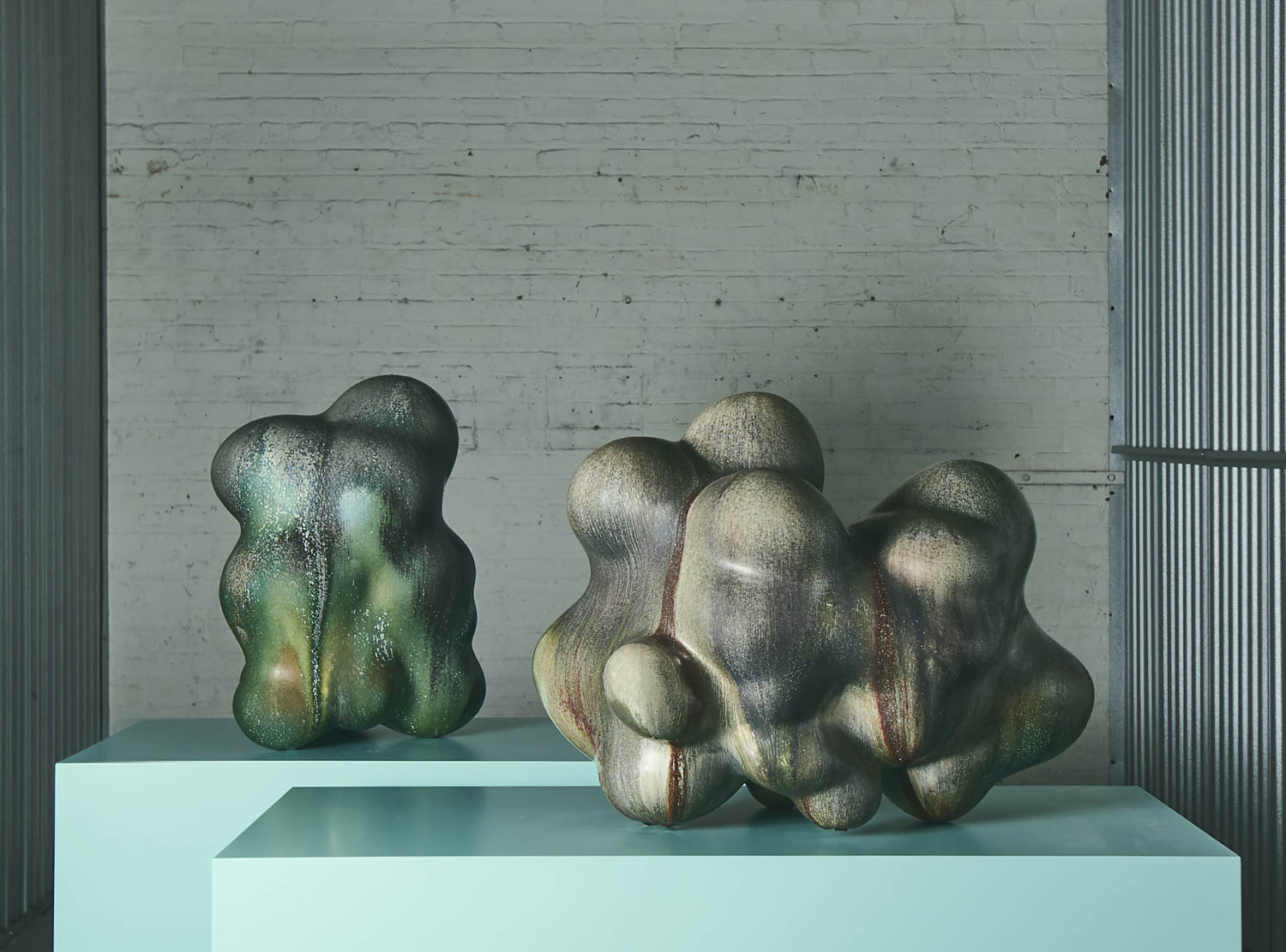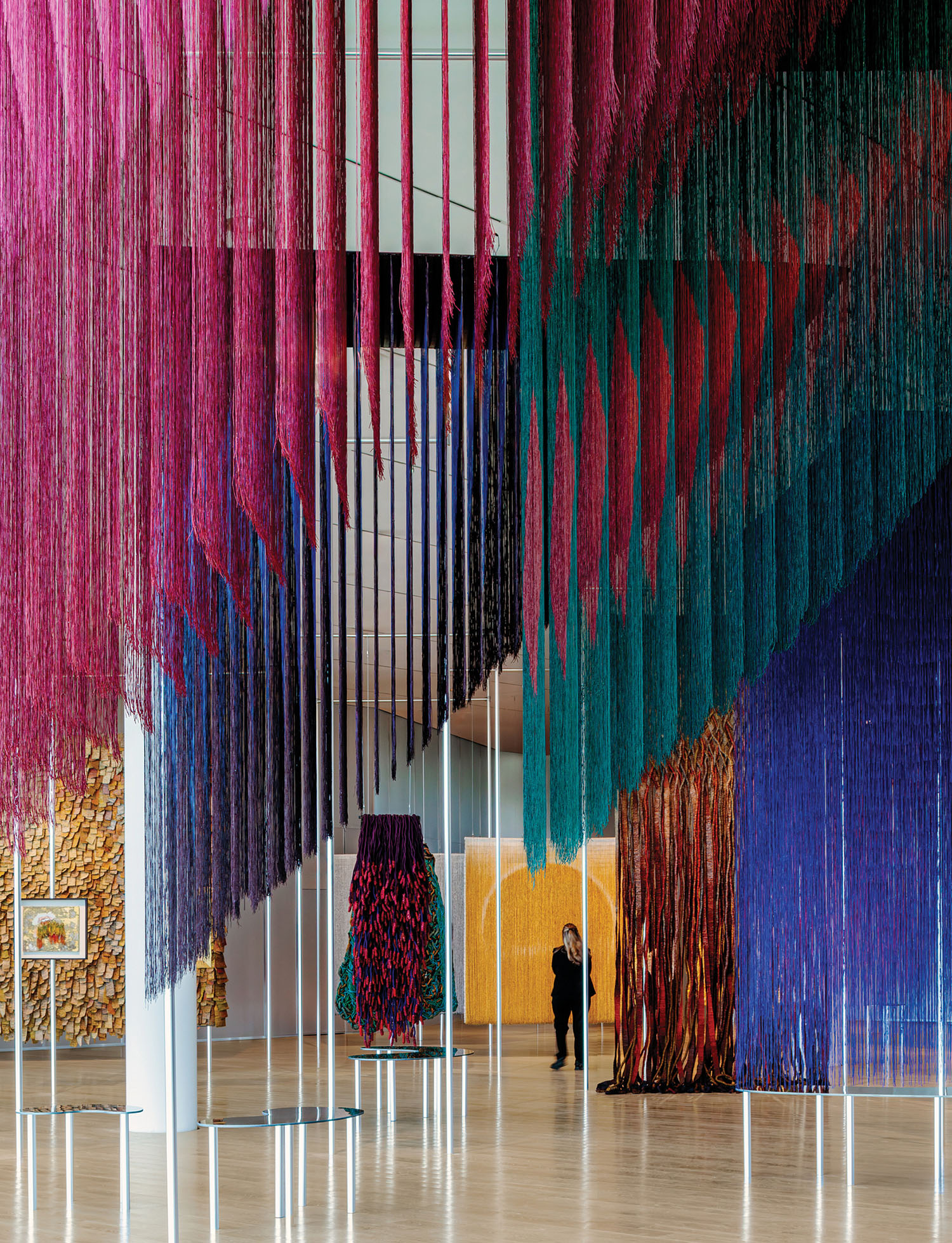Be Original Fellows Visit Vitra, Emeco, and Herman Miller

See the first and second posts from the series.
The Be Original fellows are continuing their whirlwind tour of leading design companies and Be Original Americas members across the U.S. Our third update from them follows, courtesy of Karina Campos—stay turned for the final update!
Over the past two weeks my brain has been experiencing information overload but in a good way! Since touring the manufacturing facilities of Herman Miller, Emeco, and Vitra I have experienced everything from a surprising meeting between two distinct departments to mind-blowing manufacturing techniques that have me made think about my role as a designer and how I will fit into this industry. Now, I don’t have a concrete answer, but I will share these moments that changed my perception of design. Whether you are a designer, a student, or a person curious about design, I hope the following notes help drive your thought process, so let’s start! First, the iconic Herman Miller.
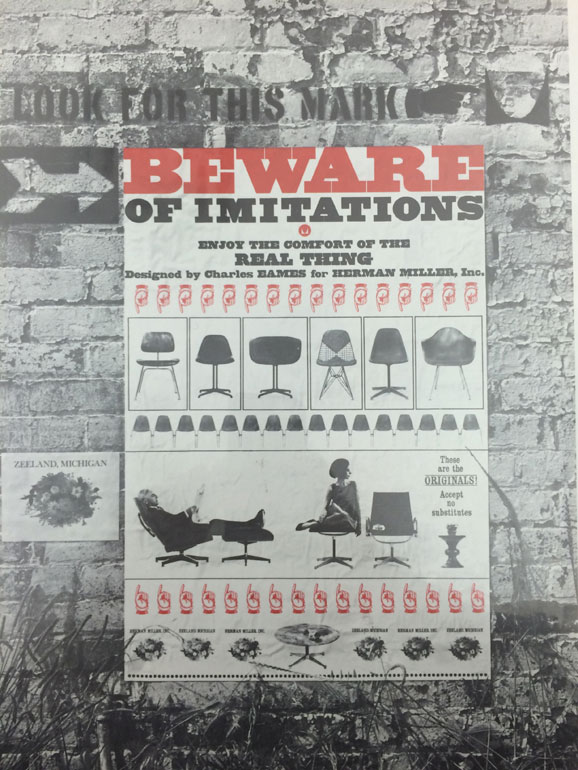
As our first trip outside of New York, Herman Miller welcomed us with enthusiasm. Their environment was electrifying and inspirational. Although they are primarily known for their furniture, the research and thought process behind their revolutionary products is forward-thinking and extends beyond just seating and tables. Herman Miller strives for designing office spaces and seating that fit the changing needs of people. They truly care about creating pleasant working environments for their employees and put their research back into their own company spaces. This is called Living Office, a concept I familiarized myself with during my visit.
I discovered that Herman Miller approaches their concept of “Living Office” as “a high-performing workplace that delivers an elevated experience of work for people, and helps organizations achieve their strategic goals.” Their space very much reflects this thinking. The moment you walk into their Design Yard—a large facility dedicated to the research, engineering, and prototyping of their products—there are clusters of furniture spread throughout to provide hidden coves for both private concentration and collaborative discussions.
This is a popular topic at headquarters, the changing dynamic of individual and collaborative work and how these two opposing concepts can be redefined to achieve balance and harmony in an open concept office space. Millennials that are graduating and on a job hunt have become accustomed to not being tied down to a desk. Technology allows us to pick up our laptops and move to another space with ease (I wrote this post in three different locations). With this in mind, companies are now trying to reflect the lifestyle these recent college graduates are accustomed to in their own office space to increase retention rate and productivity.
Now, besides their thought-provoking research initiatives, Herman Miller is a manufacturer and one that does most of it here in the U.S. Touring GreenHouse, a building solely dedicated to the assembly of their products seemed like I was watching a live ballet performance. Every employee knew their role and danced along the warehouse floor as they moved boxes, trolleys, and parts—everyone in perfect synchronization. While speaking to Jim McPherson, a continuous improvement leader at Herman Miller, he discussed the complexity of configuring their work environment in a way to successfully achieve their daily goals all while practicing safety. Their charts and workflow sheets are complex for a non-worker, but by just observing their work day Herman Miller’s manufacturing structure caters to their employees needs and safety.
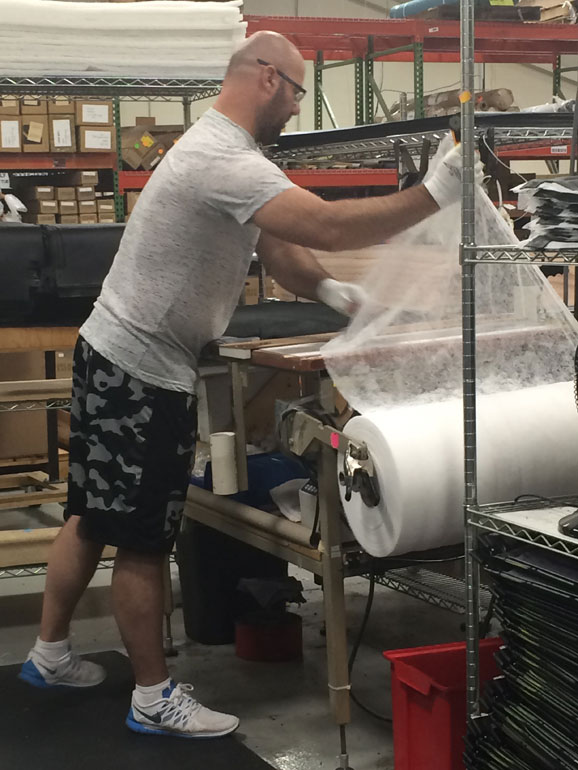
Herman Miller is a US based company and it was interesting to see how their methods and practices are compared with Vitra, a company based out of Switzerland.
Vitra is a huge furniture company and I was surprised to find out they are still a family-owned business. Whenever I think of large corporations, I think of the balance they must take to invest in thought-provoking designs all while pleasing their stockholders, but at Vitra there is slightly more wiggle room for exploration and risk-taking due to the non-existent third party entities.
This Swiss company has a history in nurturing up-and-coming design talent from architects to designers alike including Zaha Hadid, Charles and Ray Eames, and Ronan and Erwan Bouroullec. The Fehlbaum family has created a campus in Switzerland that contains sculptures and architecture that is both inspirational and mesmerizing all while succeeding in home, retail, and commercial office and furniture design.
In Vitra’s Retail department, their design teams takes a different approach to how their product can be implemented. Instead of being a company that provides automatic solutions via their products, they design their products to empower architects and designers. In other words, they provide tools and building blocks that designers can then use and interpret. There is something very poetic and challenging about this mentality, designing tools (in my experience) can be harder than just providing a concrete solution. The tools have to be designed in an adaptable and scaleable way, and this is what Vitra does so successfully.
Retail is a part of their design offerings but, like Herman Miller, Vitra is also exploring the concept of open and collaborative workspace. Their focus is more on being able to change the workspace at a moments notice to suit specific needs. Products like Joyn by the Bouroullecs or Hack by Konstantin Grcic fill that gap whether they need more desk space or need to reconfigure desks so employees can work on a project together. These design solutions provide flexibility with incredible ease since their systems can be manipulated quickly and look amazing.
Now, I can go on about the specific products Vitra has, but an interesting thing I was able to observe is the relationship between the marketing and operations team. I never thought that these teams would need to speak to one another, but after sitting in on a meeting between Vitra’s North America marketing director Adrian Parra and vice president of operations in North America David Smith, they changed my perspective on office communication dynamics.

After Adrian told me we were going to meet with David, I was really confused. I didn’t know how Marketing and Operations could influence each other, but boy was I wrong. Their conversation consisted of how the marketing team had promoted Vitra products at NeoCon, the amount of interest that was expressed by clients, and how David as operations head could plan for future operation and assembly of furniture to keep up with proposed demand of the product promoted by the marketing team.
Observing this interaction shattered any expectations I had about “real” design work. In school all my projects are theoretical and once I hand in a PDF or final mock-up, I’m done. I don’t have to worry about actually manufacturing my design or the intricacies of promoting it or even about how manufacturing and marketing relate. This is the incredible thing about this fellowship—we have been up close with all these professional interactions which redefine my perception of real world design work.
Both Vitra and Herman Miller are large-scale companies and taking what I have observed from them it was interesting to see how Emeco, a smaller US based company, approaches design and manufacturing.
When I think of Emeco, one image comes to mind, the 1944 “Navy Chair” built for Navy warships during World War II. Now although, you can find these chairs in high-end restaurants and interior spaces, I was surprised to discover the beautiful and humble manufacturing beginnings of this chair and all of Emeco’s products.

Emeco’s production techniques all start with craftsmen. I was so shocked to know that these chairs I had seen at museums and in design books are all handmade by artisans and skilled humans—there is nothing automated about Emeco. Walking throughout their facilities, I saw people welding, routing, sanding, grinding, and finishing these amazing chairs, and although not automated no one could ever guess it wasn’t. They design intuitively. For instance, at one station, a worker has to check if the chair is level, and instead of figuring through mathematics how off a chair’s leg is and the correct amount of just it to, the worker just smacked the leg on a wood block to even it out and it was perfect. As students we have been taught various manufacturing processes all mostly related to automatization but I sometimes forget the beauty of creating something by hand and how stunning and impressive it is. Next time you see an Emeco Chair, think about how it was made by hand by ordinary people just like you and me.
After being mind-blown by their hands on manufacturing techniques, Emeco put us to work. Sarah and I suited up and walked through various processes and got our hands dirty as we worked alongside these talented craftsmen. We welded, ground, and sanded Emeco chairs and they even let us make our mark by signing a seat cushion we helped upholster. An area I enjoyed the most was the Sand-o-Flex station where workers sand down the aluminum to create a smooth exterior. I was paired with Rafael and he taught me the intricacies of sanding techniques and the steps he takes to create a stunning finish. Rafael was a real mentor, he was meticulous and was not shy about correcting my technique all while sharing his tricks and tips to working with metal and the importance of handmade products.
This was the most immersive we got over the past two weeks and it was incredibly satisfying talking to the people behind these chairs. Design companies always receive recognition for the design, but most of the time the people behind the design or the manufacturing processes are overshadowed or not given credit. Spending time with these Emeco workers and learning about their stories and their interests was a moment I cherished, I am very privileged to have met these people and have them share a part of their day with me.

As this fellowship continues, I feel like my thought process is being tugged left and right—my ideas keep changing. So much has happened that my brain seems all over the place, but that’s a good thing! I like this feeling of not knowing where my path lies. It allows me to carve my own path from what I have learned over the past few weeks. As I wrap up this post I can’t help but feel a little sad that the fellowship is going to end soon, but I am looking forward to enjoying the next experiences.
